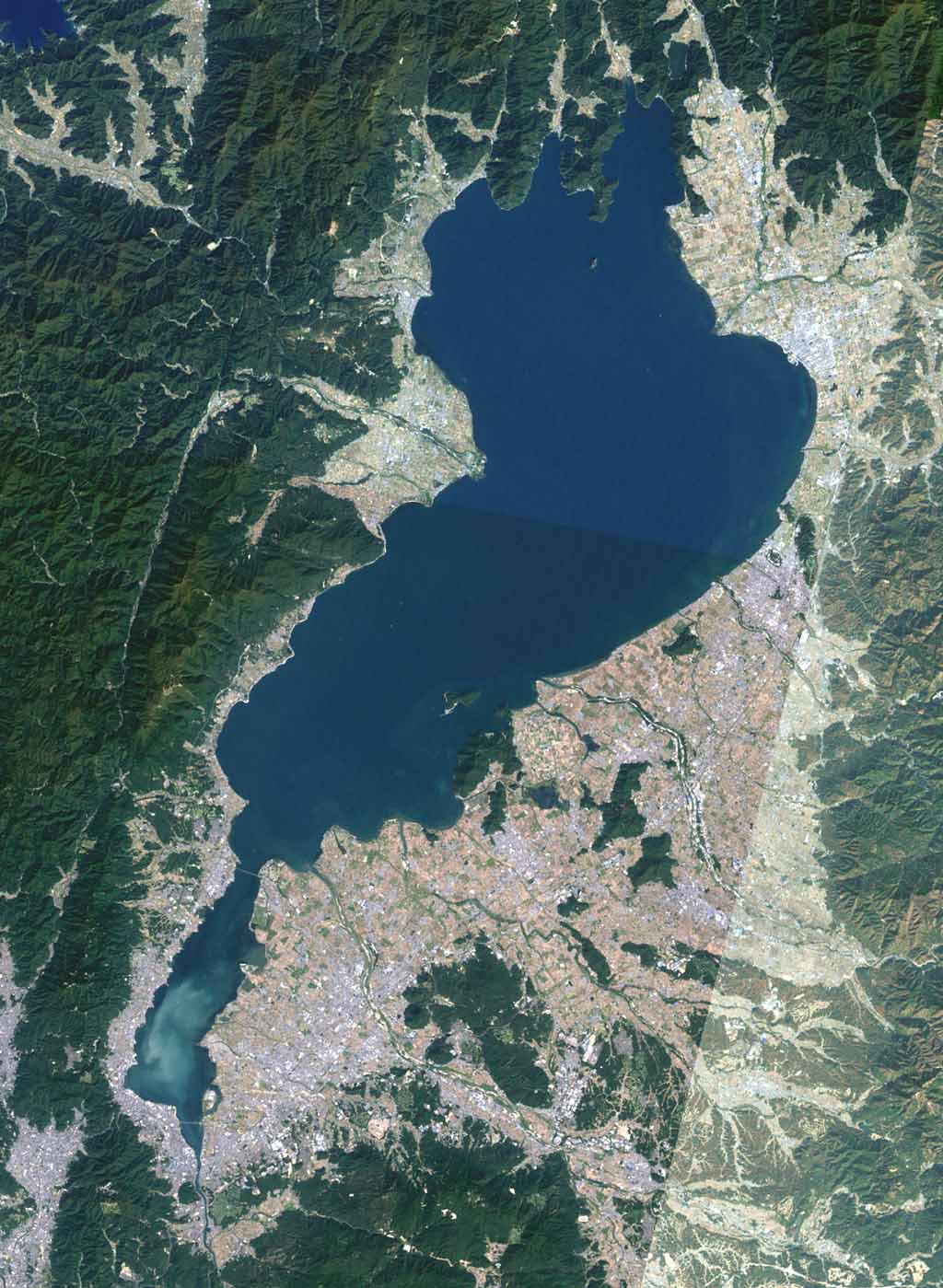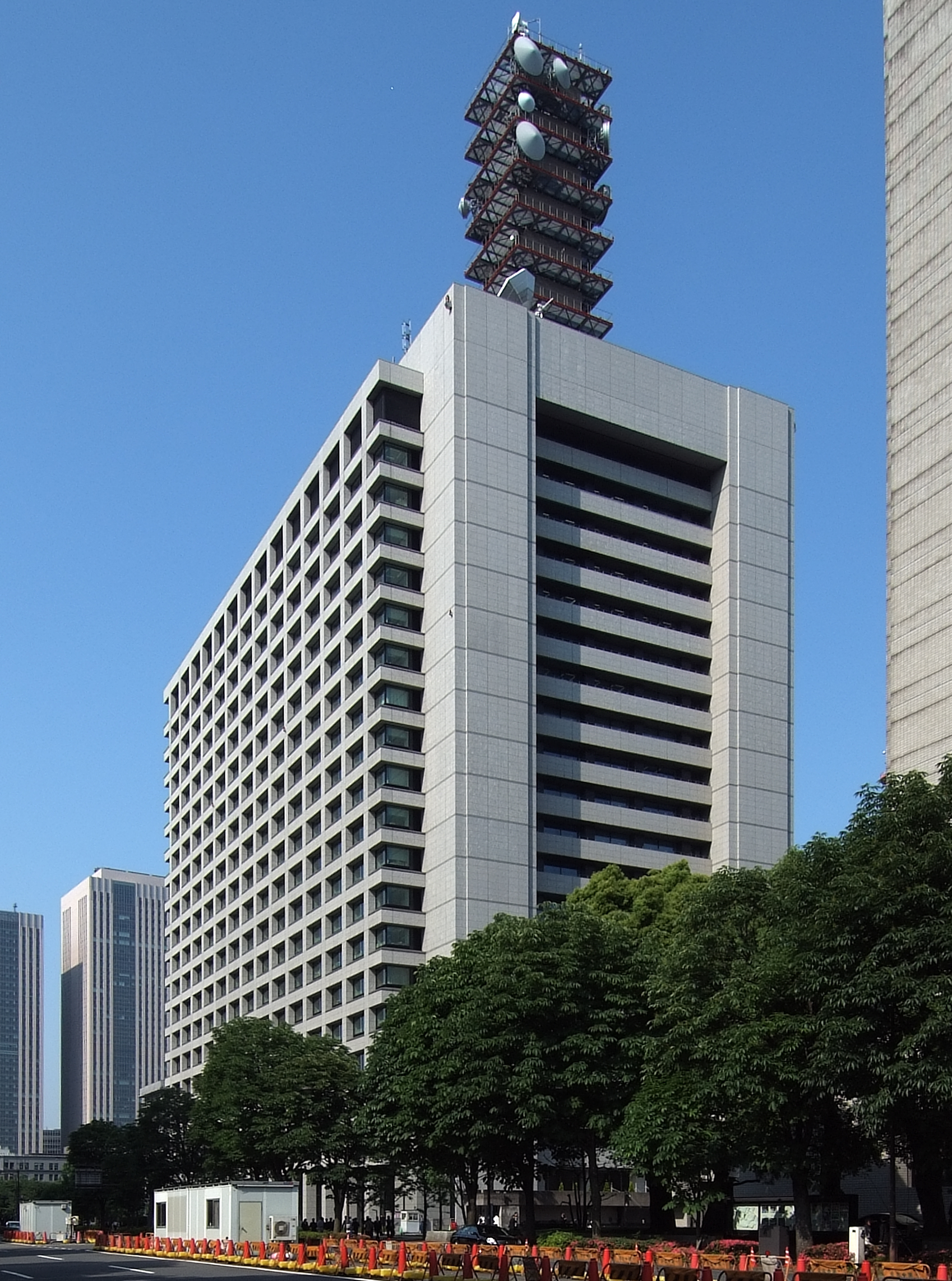|
Finnish School In Japan
Finnish School in Japan (; ), nicknamed JASUKO, was a Finnish international school in Ōtsu, Shiga Prefecture, Japan. It served grades 1-11, and later Kindergarten-6. History The Finnish Free Foreign Mission established the school, which was originally intended for the sons and daughters of Finnish missionaries. Jasuko opened the fall of 1964 in a church in Chausuyama. Other missionary organizations, including the Finnish Lutheran Mission (FLM), the Finnish Lutheran Overseas Mission (FLOM), and the Lutheran Evangelical Association of Finland (LEAF), joined the efforts to run the school. Parents and volunteers built a structure that the school used until 1987. The peak enrollment was 43 students, most of whom were boarding students, in the spring of 1987. That year a new classroom building and dormitory opened. [...More Info...] [...Related Items...] OR: [Wikipedia] [Google] [Baidu] |
Ōtsu
270px, Ōtsu City Hall is the capital city of Shiga Prefecture, Japan. , the city had an estimated population of 343,991 in 153,458 households and a population density of 740 persons per km2. The total area of the city is . History Ōtsu is part of ancient Ōmi Province and has been settled since at least the Yayoi period. It was an important center of inland water transportation on Lake Biwa and was referred to in the Man'yōshū as and . It was also on the main land routes, the Tōkaidō and the Nakasendō connecting the eastern provinces with the ancient capitals of Japan. Additionally, the ancient Hokurikudō, which connected Kyoto to the provinces of northern Honshu, ran through Ōtsu. From 667 to 672, the Ōmi Ōtsu Palace was founded by Emperor Tenji was the capital of Japan. Following the Jinshin War Ōtsu was renamed . A new capital, Heian-kyō, (now Kyoto), was established in the immediate neighborhood in 794, and Ōtsu (meaning "big port") was revived as ... [...More Info...] [...Related Items...] OR: [Wikipedia] [Google] [Baidu] |
Shiga Prefecture
is a landlocked prefecture of Japan in the Kansai region of Honshu. Shiga Prefecture has a population of 1,398,972 as of 1 February 2025 and has a geographic area of . Shiga Prefecture borders Fukui Prefecture to the north, Gifu Prefecture to the northeast, Mie Prefecture to the southeast, and Kyoto Prefecture to the west. Ōtsu is the capital and largest city of Shiga Prefecture, with other major cities including Kusatsu, Nagahama, and Higashiōmi. Shiga Prefecture encircles Lake Biwa, the largest freshwater lake in Japan, and 37% of the total land area is designated as Natural Parks, the highest of any prefecture. Shiga Prefecture's southern half is located adjacent to the former capital city of Kyoto and forms part of Greater Kyoto, the fourth-largest metropolitan area in Japan. Shiga Prefecture is home to Ōmi beef, the Eight Views of Ōmi, and Hikone Castle, one of four national treasure castles in Japan. History Shiga was known as Ōmi Province or Gōshū bef ... [...More Info...] [...Related Items...] OR: [Wikipedia] [Google] [Baidu] |
Japan
Japan is an island country in East Asia. Located in the Pacific Ocean off the northeast coast of the Asia, Asian mainland, it is bordered on the west by the Sea of Japan and extends from the Sea of Okhotsk in the north to the East China Sea in the south. The Japanese archipelago consists of four major islands—Hokkaido, Honshu, Shikoku, and Kyushu—and List of islands of Japan, thousands of smaller islands, covering . Japan has a population of over 123 million as of 2025, making it the List of countries and dependencies by population, eleventh-most populous country. The capital of Japan and List of cities in Japan, its largest city is Tokyo; the Greater Tokyo Area is the List of largest cities, largest metropolitan area in the world, with more than 37 million inhabitants as of 2024. Japan is divided into 47 Prefectures of Japan, administrative prefectures and List of regions of Japan, eight traditional regions. About three-quarters of Geography of Japan, the countr ... [...More Info...] [...Related Items...] OR: [Wikipedia] [Google] [Baidu] |
Ministry Of Land, Infrastructure, Transport And Tourism
The , abbreviated MLIT, is a ministry of the Japanese government.国土交通省設置法 , Ministry of Internal Affairs and Communications. It is responsible for one-third of all the laws and orders in Japan and is the largest Japanese ministry in terms of employees, as well as the second-largest executive agency of the Japanese government after the Ministry of Defense. The ministry oversees four external agencies including the , the |
Hiragana
is a Japanese language, Japanese syllabary, part of the Japanese writing system, along with ''katakana'' as well as ''kanji''. It is a phonetic lettering system. The word ''hiragana'' means "common" or "plain" kana (originally also "easy", as contrasted with kanji). Hiragana and katakana are both kana systems. With few exceptions, each mora (linguistics), mora in the Japanese language is represented by one character (or one digraph) in each system. This may be a vowel such as /a/ (hiragana wikt:あ, あ); a consonant followed by a vowel such as /ka/ (wikt:か, か); or /N/ (wikt:ん, ん), a nasal stop, nasal sonorant which, depending on the context and dialect, sounds either like English ''m'', ''n'' or ''ng'' () when syllable-final or like the nasal vowels of French language, French, Portuguese language, Portuguese or Polish language, Polish. Because the characters of the kana do not represent single consonants (except in the case of the aforementioned ん), the kana are r ... [...More Info...] [...Related Items...] OR: [Wikipedia] [Google] [Baidu] |
Flag Of Finland
The national flag of Finland, also known in Finnish language, Finnish as the ' ('Blue Cross Flag'), dates from the beginning of the 20th century. On a white background, it features a blue Nordic Cross flag, Nordic cross, which represents Christianity. The state flag has the coat of arms of Finland, Finnish coat of arms in the centre, but is otherwise identical to the civil flag. The swallow-tailed state flag is used by the military. The presidential standard is identical to the swallow-tailed state flag but also has in its upper-left corner the Cross of Liberty after the Order of the Cross of Liberty, which has the president of Finland as its grand master. Like Swedish flag, in Sweden, Finland's national flag is based on the Nordic cross. It was adopted after independence from the Russian Empire, when many patriotic Finns wanted a special flag for their country, but the flag's design dates back to the 19th century. Blue is said to represent the country's thousands of lakes and t ... [...More Info...] [...Related Items...] OR: [Wikipedia] [Google] [Baidu] |
Poole Gakuin University
, formerly , is a Christian private university in Sakai, Osaka, Japan Japan is an island country in East Asia. Located in the Pacific Ocean off the northeast coast of the Asia, Asian mainland, it is bordered on the west by the Sea of Japan and extends from the Sea of Okhotsk in the north to the East China Sea .... It is a part of the Momoyama Gakuin ( 学校法人桃山学院) organization. Poole Gakuin College received university status in 1995 and the university's first year began in 1996. It had an intercultural studies program as its first four-year program. The Japan University Accreditation Association accredited the university in 2001. " Poole Gakuin. Retrieved on October 15, 2015. References External links [...More Info...] [...Related Items...] OR: [Wikipedia] [Google] [Baidu] |
CiNii
CiNii () is a bibliographic database service for material in Japanese academic libraries, especially focusing on Japanese works and English works published in Japan. An early trial version of the database was a component of its predecessor called GeNii, available online at least since June 2002. A complete version of CiNii has been available since April 2005. The service searches from within the databases maintained by the NII itself (Citation Database for Japanese Publications, CJP), as well as the databases provided by the Japan Science and Technology Agency ( J-STAGE), the National Diet Library of Japan, institutional repositories, and other organizations. As of March 2020, the database contains more than 22 million articles from more than 3,600 publications. A typical month (in 2012) saw more than 30 million accesses from 2.2 million unique visitors, and is the largest and most comprehensive database of its kind in Japan. Although the database is multidisciplinary, the la ... [...More Info...] [...Related Items...] OR: [Wikipedia] [Google] [Baidu] |
Education In Shiga Prefecture
Education is the transmission of knowledge and skills and the development of character traits. Formal education occurs within a structured institutional framework, such as public schools, following a curriculum. Non-formal education also follows a structured approach but occurs outside the formal schooling system, while informal education involves unstructured learning through daily experiences. Formal and non-formal education are categorized into levels, including early childhood education, primary education, secondary education, and tertiary education. Other classifications focus on teaching methods, such as teacher-centered and student-centered education, and on subjects, such as science education, language education, and physical education. Additionally, the term "education" can denote the mental states and qualities of educated individuals and the academic field studying educational phenomena. The precise definition of education is disputed, and there are disagreements ... [...More Info...] [...Related Items...] OR: [Wikipedia] [Google] [Baidu] |
Elementary Schools In Japan
In Japan, are compulsory to all children begin first grade in the April after they turn six—kindergarten is growing increasingly popular, but is not mandatory—and starting school is considered an important event in a child's life. History In the Edo period, some children attended terakoya or temple schools where they learned practical methods of reading, writing, and calculation. In 1886, the modern elementary school system started as compulsory education. Until 1947, only elementary schools were compulsory. Immediately before and during World War II, state education was used as a propaganda tool by the Japanese fascist government. Today, virtually all elementary education takes place in public schools. Tuition to these schools is free, although families have to pay for school lunches, supplies, and non-school expenses, such as extra books or lessons. Less than 1% of the schools are private, partly because of the latter's expense. Some private elementary schools are ... [...More Info...] [...Related Items...] OR: [Wikipedia] [Google] [Baidu] |
Buildings And Structures In Ōtsu
A building or edifice is an enclosed structure with a roof, walls and windows, usually standing permanently in one place, such as a house or factory. Buildings come in a variety of sizes, shapes, and functions, and have been adapted throughout history for numerous factors, from building materials available, to weather conditions, land prices, ground conditions, specific uses, prestige, and aesthetic reasons. To better understand the concept, see ''Nonbuilding structure'' for contrast. Buildings serve several societal needs – occupancy, primarily as shelter from weather, security, living space, privacy, to store belongings, and to comfortably live and work. A building as a shelter represents a physical separation of the human habitat (a place of comfort and safety) from the ''outside'' (a place that may be harsh and harmful at times). buildings have been objects or canvasses of much artistic expression. In recent years, interest in sustainable planning and building practi ... [...More Info...] [...Related Items...] OR: [Wikipedia] [Google] [Baidu] |
Finland–Japan Relations
Finland–Japan relations are foreign relations between the Republic of Finland and Japan. Japan first recognized Finland and established diplomatic relations in 1919. Diplomatic relations were temporarily broken in 1944 but were re-established again in 1957. Since then, Finland and Japan have maintained good-natured relations, and have cooperated in places such as science and technology and trade. Both nations share an embassy in the other's capital. History After the Finns signed peace with the Soviet Union, diplomatic relations were severed, because of British pressure. File:Axis attaches at the Finnish front2.jpg, Japanese military visit in 1943 File:Prime Minister Sanna Marin met with Japanese parlamentarians in Helsinki 13.1.2023 (52624649754).jpg, Prime Minister Sanna Marin met with Japanese parliamentarians File:Shinzo Abe and Sauli Niinistö at the Enthronement of Naruhito (2).jpg, President Sauli Niinistö and prime minister Shinzo Abe File:Fumio Kishida and Alexan ... [...More Info...] [...Related Items...] OR: [Wikipedia] [Google] [Baidu] |






